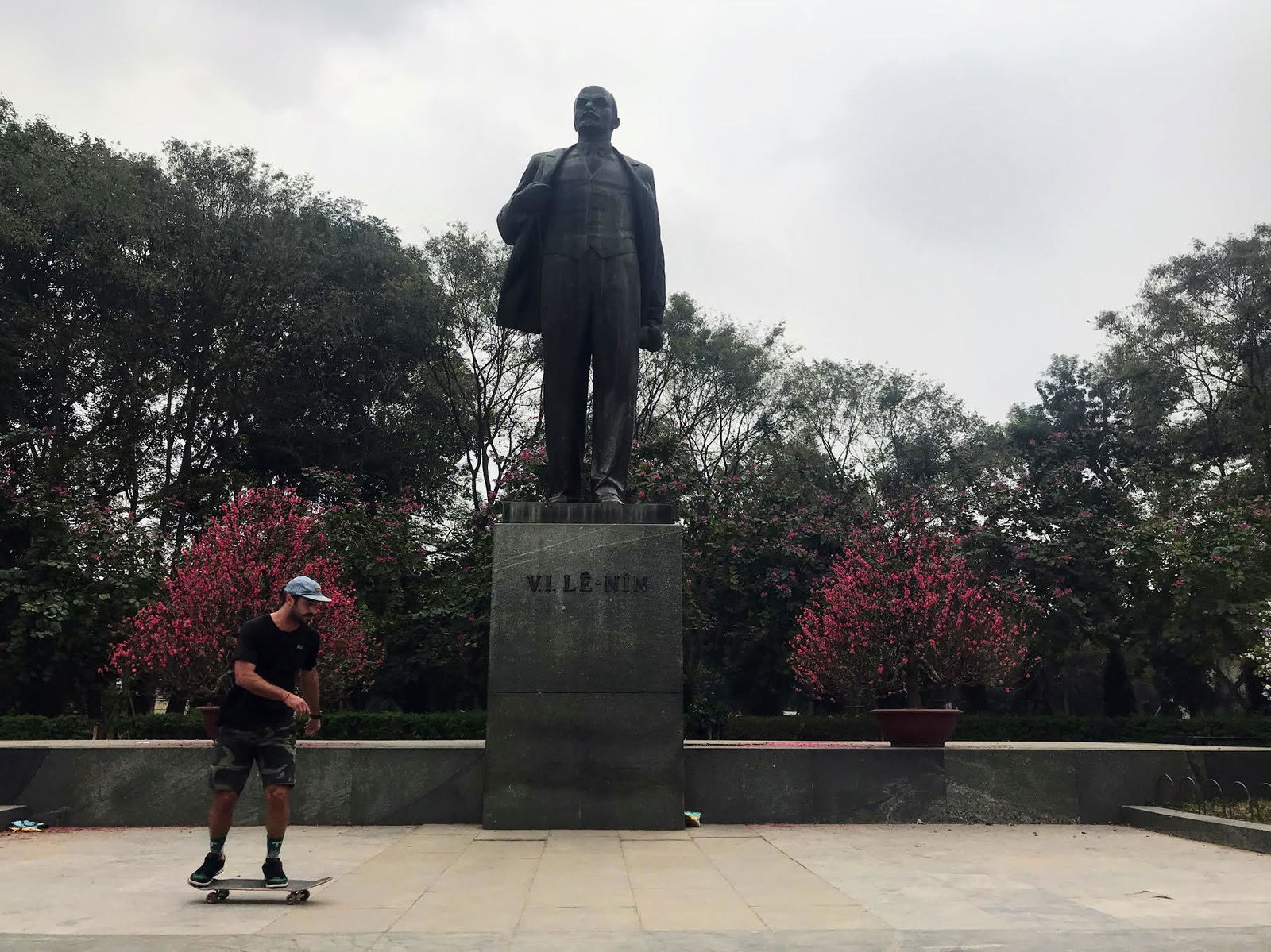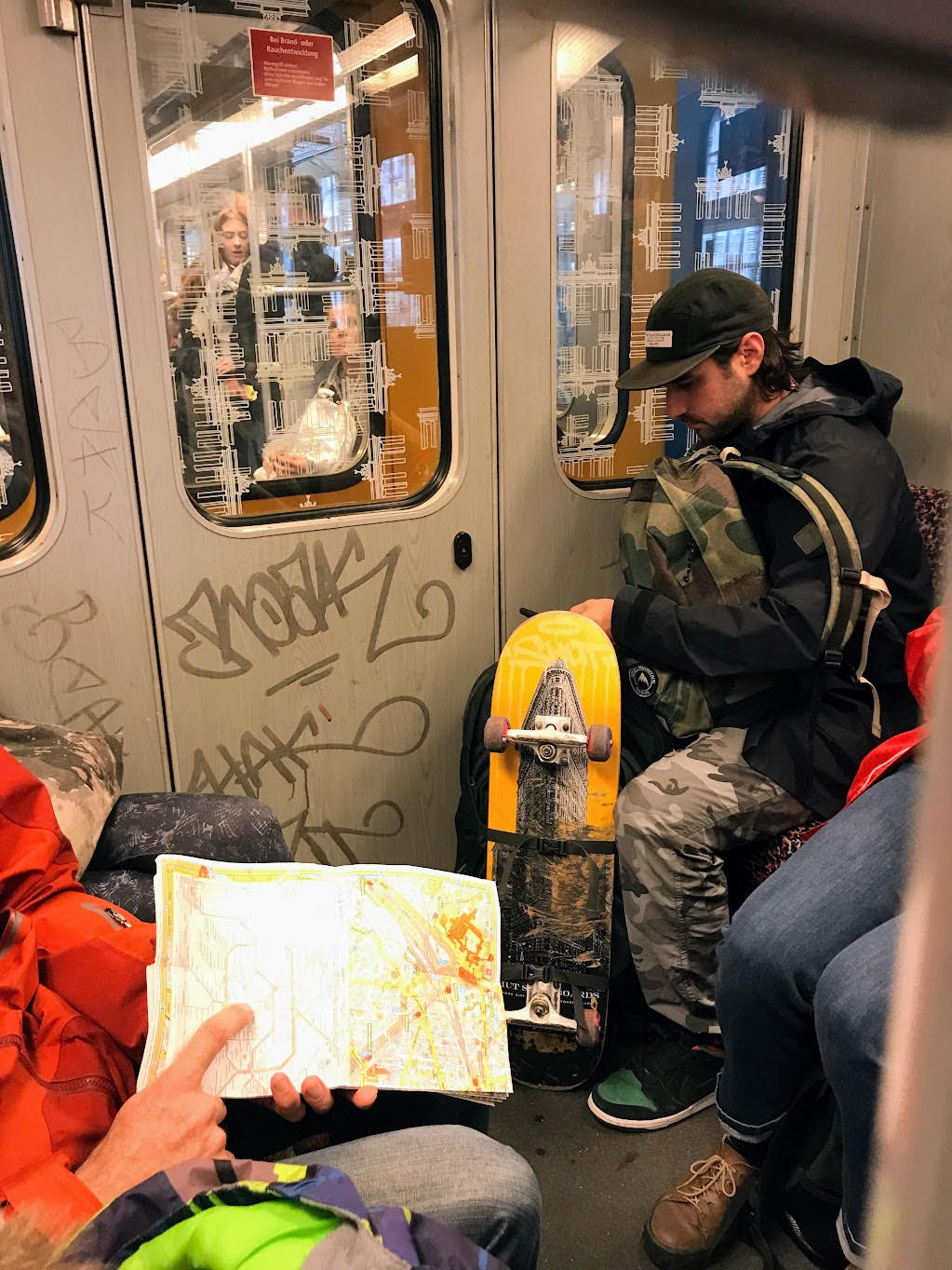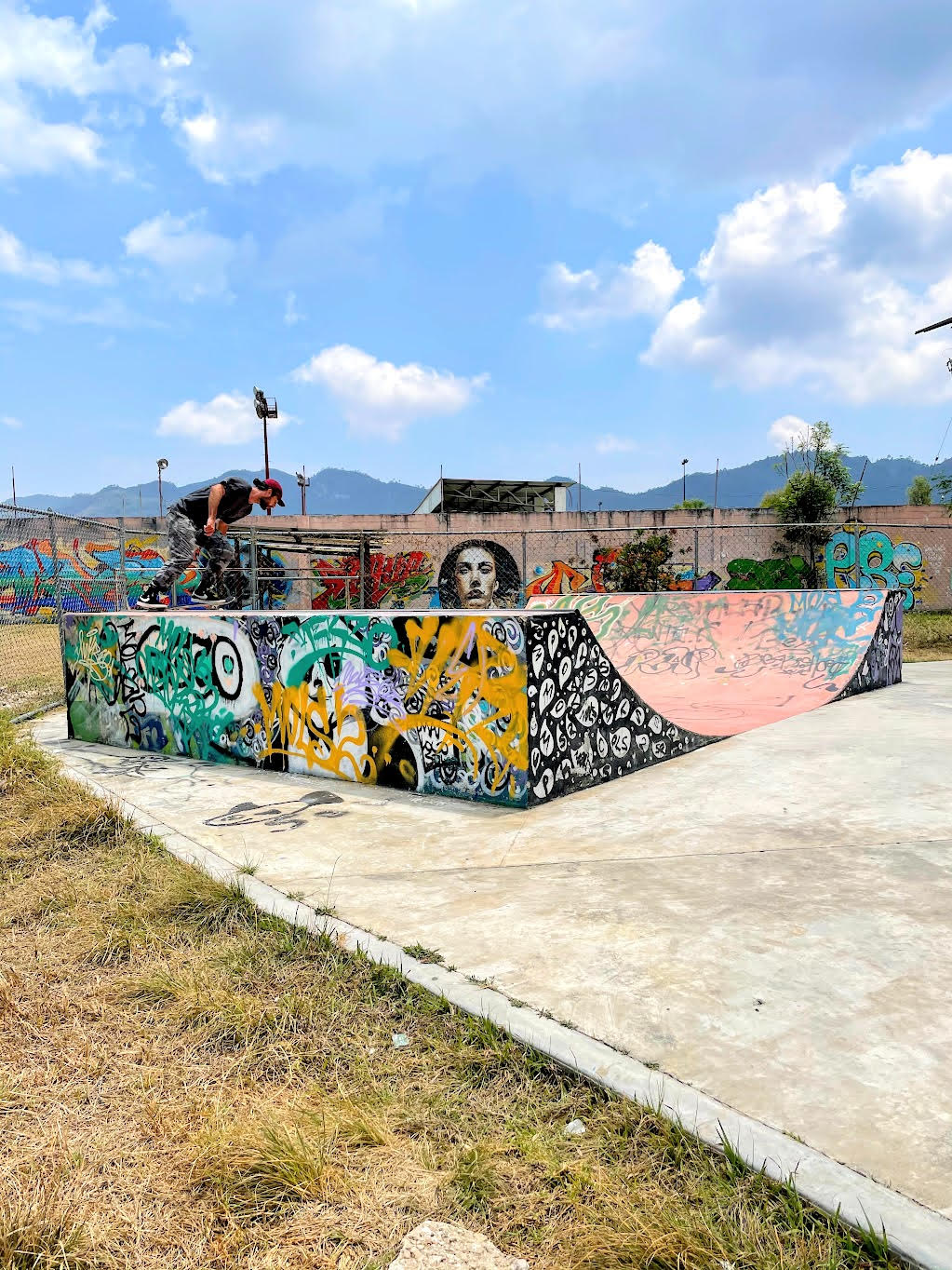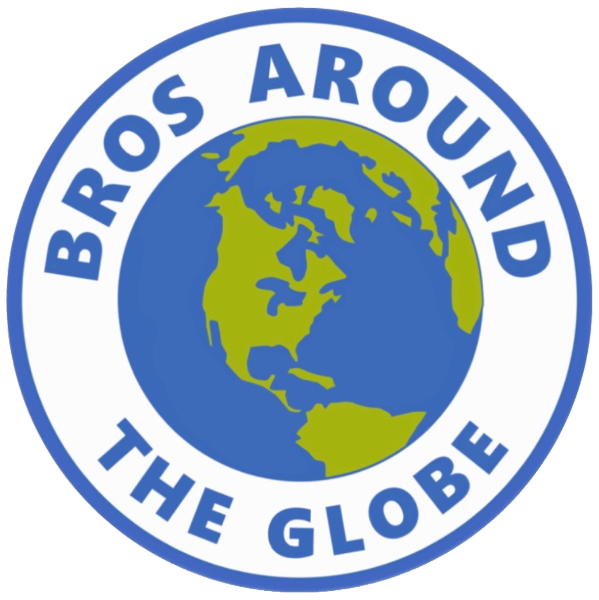Trucks and Fins is a huge present to the whole skate community - not just for the skating people, but also for shops, builders and schools. Super easy to use and can't believe how complete it is.
Pascal Lieleg aka Official Bowlshit

In their first blog you will get a comprehensive perspective on how traveling and skateboarding share the same ‘mantra’: freedom and connecting people. So simple. So pure. So healthy.
If you’ve stumped upon this, chances are you’re thinking about bringing your skateboard with you on your next trip. And if you haven’t thought about packing it, you should, because you’ll probably regret it if you don’t. As a skater, a skateboard is the best thing you can take with you on a travel adventure, besides well, your skate shoes, of course. Whether you’re heading out to the next town over or abroad to a new country when you take your board with you, the possibilities are endless, and Trucks and Fins can navigate the skate along the way or even help find a place to stay.
Though it may feel awkward to carry and seem like extra weight at first, the benefits of bringing your skateboard will soon reveal themselves in more ways than one. Between waiting for buses, taxis, trains, and all the downtime that travel provides, your board is sure to keep you occupied when you're not seeking out new skate spots or exploring a new city on four wheels. With a board in tow, you have the ability to get from point A to point B, all while expressing the creative outlet we call skateboarding. As you hit the streets to take in the new sights, sounds, and smells, the pure joy from kicking, pushing, and rolling in a foreign place is a feeling second to none.
“Skaters respect other skaters no matter where they may find themselves in the world and there’s a special connection in a shared passion and lifestyle”
Besides skating legendary spots, parks, and plazas, you’ll quickly learn your skate doubles as a universal language for making new friends. Not to mention it helps you navigate language barriers and tap into skating’s tight-knit subculture. Skaters respect other skaters no matter where they may find themselves in the world and there’s a special connection in a shared passion and lifestyle. Skating knows no boundaries, no borders, nor skin colour because every skater knows how much, blood, sweat, tears, and time goes into the learning process. When you meet other skaters, there’s an unspoken bond that brings high fives and high vibes in whatever corner of the globe you may find yourself in.

Skating can be a tool to clear one’s mind, let off steam, challenge yourself, be present, and rediscover the learning process. Besides helping you get around, it’s a useful tool to have when traveling long-term and can be all the above and more. You may even inspire others to get on a board or help a groom cruise for the first time. Each skate mission will give you a glimpse into the local skate culture and diversity of skaters worldwide. You’ll meet new friends, skate legendary spots you can only dream of, and make memories to last you a lifetime. All made possible by a wooden toy and the desire to ride.
“Becoming friends with locals is always a powerful travel experience, leaving you with the feeling that you were fully immersed and a part of the city”
When you arrive at a new destination, just show up at the local, and you’ll be in the neighbourhood crew before you know it. Young or old, beginner or professional, skateparks serve as places for people of different backgrounds to interact with each other. When you’re on the road, stopping by the skatepark or DIY spot is one of the best ways to take in the vibe of a unique place and meet new people. No matter where you are in the world, skaters are gonna skate. Becoming friends with locals is always a powerful travel experience, leaving you with the feeling that you were fully immersed and a part of the city, town, or village you were visiting.

On your journey, you can’t forget to make a stop to support the local skate shop. Around the world, skate shops serve as a catalyst for developing and sustaining the local skate community. It's a place to gather and chop it up to gain some insight into what you should really see and do in a new place. When traveling, the best advice is always from people who actually live there. A skate shop is the root of a city’s skate culture, and it brings people together. Skate shops are much more than a storefront, they support real people and put their money back into the local skate scene. Skate shops around the world always have a welcoming atmosphere that illustrates just how vibrant the skate community is.
“Travel and skating are all about freedom, creativity, and thinking outside the box. When you combine the two, you’ll experience the best of both worlds”
Traveling with a board taught me how skateboarding and traveling are similar in many ways. Through both, you must be present and only concentrate on the now. Skateboarding, like traveling, has always taught me about patience, persistence, never giving up, and mental toughness. Both prepare you to adjust when a mistake arises and to keep trying when something doesn't go your way. They teach you to adapt when things don't go correctly and push you out of your comfort zone to try new things. On the road or on your board, there’s a humbling feeling when you fail or fall down, leaving you to get back up and do it again through sheer determination.
Freedom, creativity, and individuality are values of skateboard culture. There is no question that skaters are unrelentingly dedicated to the progress of the sport and welcome anyone who has the courage to get on board. The skate community is built on mutual respect. Instead of one-upping each other, skaters continually encourage each other and embrace their differences, something ever so prevalent when you travel the world with your board. Travel and skating are all about freedom, creativity, and thinking outside the box. When you combine the two, you’ll experience the best of both worlds.

So when it comes to packing for that next trip, make sure you leave enough room to bring your board. Your skateboard will take you to places you could only dream of and give you memorable experiences that will stay with you long after your adventure is concluded. With 85 million skaters around the world, you’ll be sure to find your tribe when you travel, and all you’ll need is your board.

Website Bros around the Globe Instagram Bros around the globe
Join the Trucks and Fins community and receive exclusive news, giveaways, access to subscribers-only
-contests, discounts from our partners and much more directly from us!

Trucks and Fins is a huge present to the whole skate community - not just for the skating people, but also for shops, builders and schools. Super easy to use and can't believe how complete it is.
Pascal Lieleg aka Official Bowlshit

Trucks and Fins is a great resource for checking on local spots if you are traveling or planning a road trip! A one stop resource that is constantly updated with the newest projects as well as those bucket list locations worldwide. The intuitive UI features gps coordinates as well as useful information about shops nearby.
Architect Betonlandschaften

Trucks and Fins provide a great service. Its quick and easy to use and has such a vast amount of parks included, not just in the UK but worldwide. CANVAS Spaces support the cause and fully back what they are doing.

Our skate community has been crying out for a comprehensive guide to global skate spots. Trucks and Fins should be commended on their dedication to mapping the world's STOKE!
Maverick Skateparks

Trucks and Fins brings all of the world's skateparks to you all in one convenient place through their endless search for parks around the world. They have park locations, details, images, and more to help plan your next skate quest wherever that may take you. We appreciate their dedication and passion for skateboarding and the amazing gifts that skateparks and skate spots are.
Steve Zanco, Skatepark Respect

A big part of skateboarding is about finding Animal Chin - your spirit animal, or in other words: whatever gets you stoked. Could be the right people to roll with, or that special dream terrain. Trucks and Fins has all the best skate destinations in one place; a map of stoke in your hands.
Jan Kliewer, Yamato Living Ramps